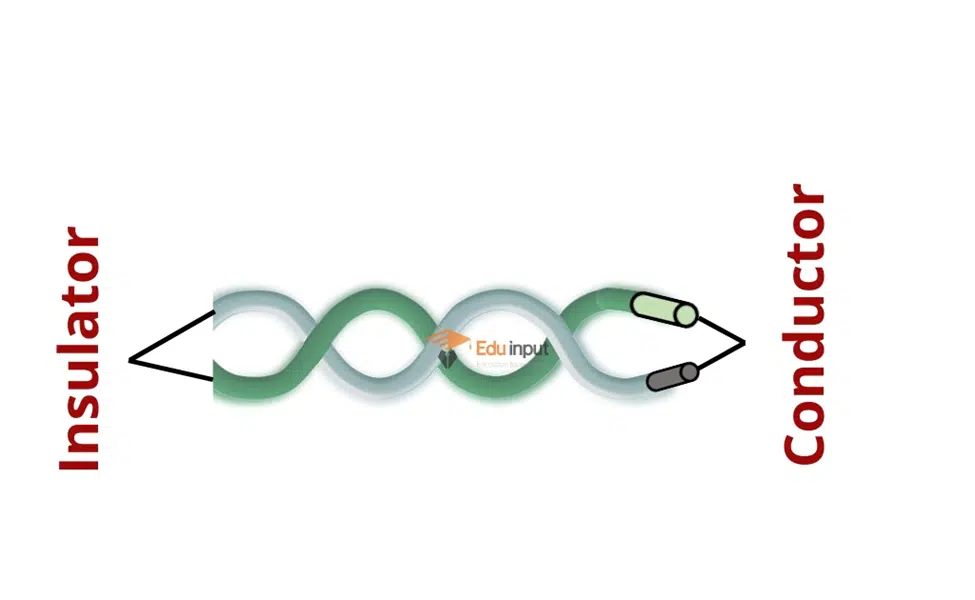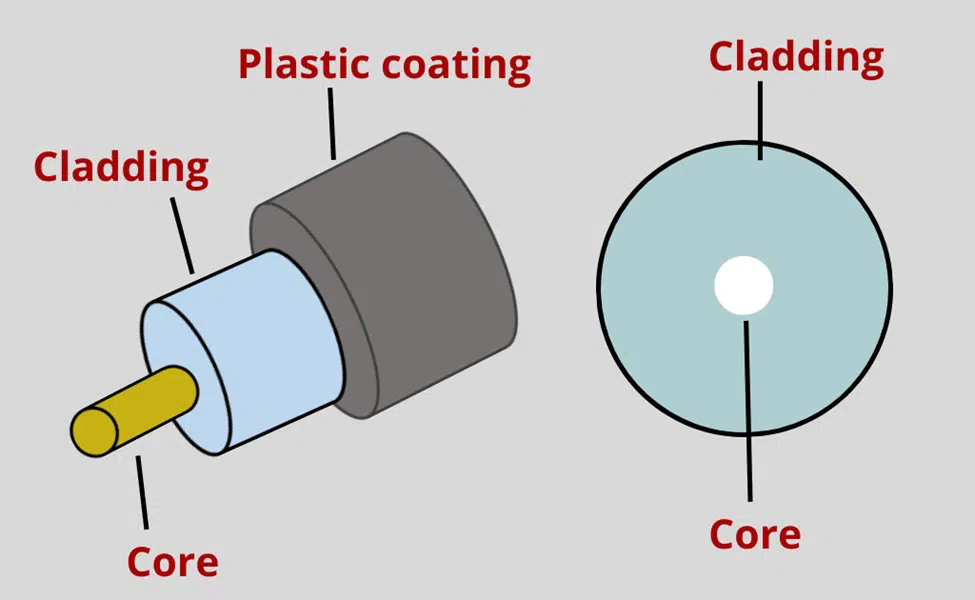Communication Channel | Types of Communication Channel
The path through which data transfers from one computer to another is communication media or communication channels.
The communication channel is the path that connects the sender and the receiver. It is used to transmit data. It can be a twisted–pair wire, coaxial cable, fiber optic cable, microwave, etc. it is also called the medium.
Data is sent from a source to a destination through a communication channel. The channel is defined by its bandwidth, attenuation, and propagation delay. The signal may lose quality as it travels through the channel, so it needs to be regenerated at certain points. The channel is established by transmission lines, including two-wire lines, co-axial cables, microwave radio, optical fibers, and satellites.[1]
Key Points
- Communication media is the path through which data transfers between computers.
- It can be a physical wire or wireless signal, connecting the sender and receiver.
- There are two types of communication channels: guided (physical wire) and unguided (wireless).
- Guided media includes twisted-pair, coaxial, and fiber optic cables.
- Twisted-pair is inexpensive but has lower bandwidth, coaxial is expensive but good for long distances, and fiber optic uses light pulses for high speed and low interference.
- Unguided media includes microwaves, communication satellites, and mobile communication.
- A microwave uses radio waves for high-speed transmission but requires line-of-sight.
- Communication satellites receive and retransmit signals from earth stations and can handle large volumes of data, but are vulnerable to interference from bad weather.
Types of Communication Channel
There are two types of communication channel
Guided Media
The physical path to transmit data is called guided media. In guided media, a physical wire is required to connect the devices. It is also known as bounded media.
There are different types of guided media
Twisted pair cable
It is the most commonly used communication medium. It is made up of copper. In twisted pair, two wires are twisted to reduce the noise. Noise is an electrical disturbance that can degrade the communication. It is normally used in local telephone communication.
It is used for short-distance digital data communication. It is also called wire pair. Its speed is 9600 bits per second at a distance of 100 meters. Wire pairs are inexpensive. It has less bandwidth than coaxial cable or fiber optics.

Coaxial Cable
Coaxial cable consists of a copper wire core covered by insulating material. The insulated copper wire is shielded by copper mesh. It secures the cable from electromagnetic waves. It is the same cable that is used for television. Coaxial cables contain 4 to 22 coaxial units called tubes.
It is used for long-distance telephone lines and local area networks. It is more expensive than twisted pair.

Fiber Optics Cable
Fiber optic cable transmits data through tiny tubes as pulses of light. A typical fiber optic consists of a very narrow strand of glass known as a core. The strands are very thin like human hair. The core is the center of the fiber from where light travels.
There is a concentric layer of glass around the core known as cladding. It reflects the light into the core. The cladding is protected with a coating of plastic called a jacket.
The important characteristic of fiber optics is refraction. ISI and cable TV use fiber optic in their network.

Unguided Media
There are different types of unguided media that are used in communication
Microwave
Microwaves are radio waves that provide high-speed transmission. Voice and data can both be transmitted through microwaves. Data is transmitted through the air from one microwave station to another similar to a radio signal.
line-of-sight transmission is used in microwaves. It means that the signals travel in a straight path and cannot bend. Microwave stations or antennas are usually installed on tall towers or buildings. Microwave stations are placed within 20 to 30 miles of each other.
Each station receives the signal from the previous station and transfers it to the next station. Data is transferred from one place to another in this process. There should be no buildings or mountains between microwave stations.
Communication Satellite
A communication satellite is a space station. It receives microwave signals from the Earth station. It amplifies the signals and retransmits them back to Earth. A communication satellite is established in space about 22,300 miles above the earth.
The data transfer speed of communication satellites is very high. The transmission from earth station to the satellite is called uplink. The transmission from the satellite to earth station is called the downlink.
An important advantage of the satellite is that a large volume of data can be communicated at once. The disadvantage is that stormy weather can severely affect the quality of satellite transmission
Mobile Communication
Mobile communication is a radio-based network. It transmits data to and from a mobile computer. In mobile communication, the computer can connect to the network through wired ports or wireless connections.
Related FAQs
what is a communication channel?
Communication media or communication channels refer to the route through which data is transferred from one computer to another.
Write different types of communication channels.
The communication channel has two types:
1. guided media
2. Unguided media
Write different types of guided media.
Twisted Pair Cable
Coaxial Cable
Fiber Optic Cable






Leave a Reply